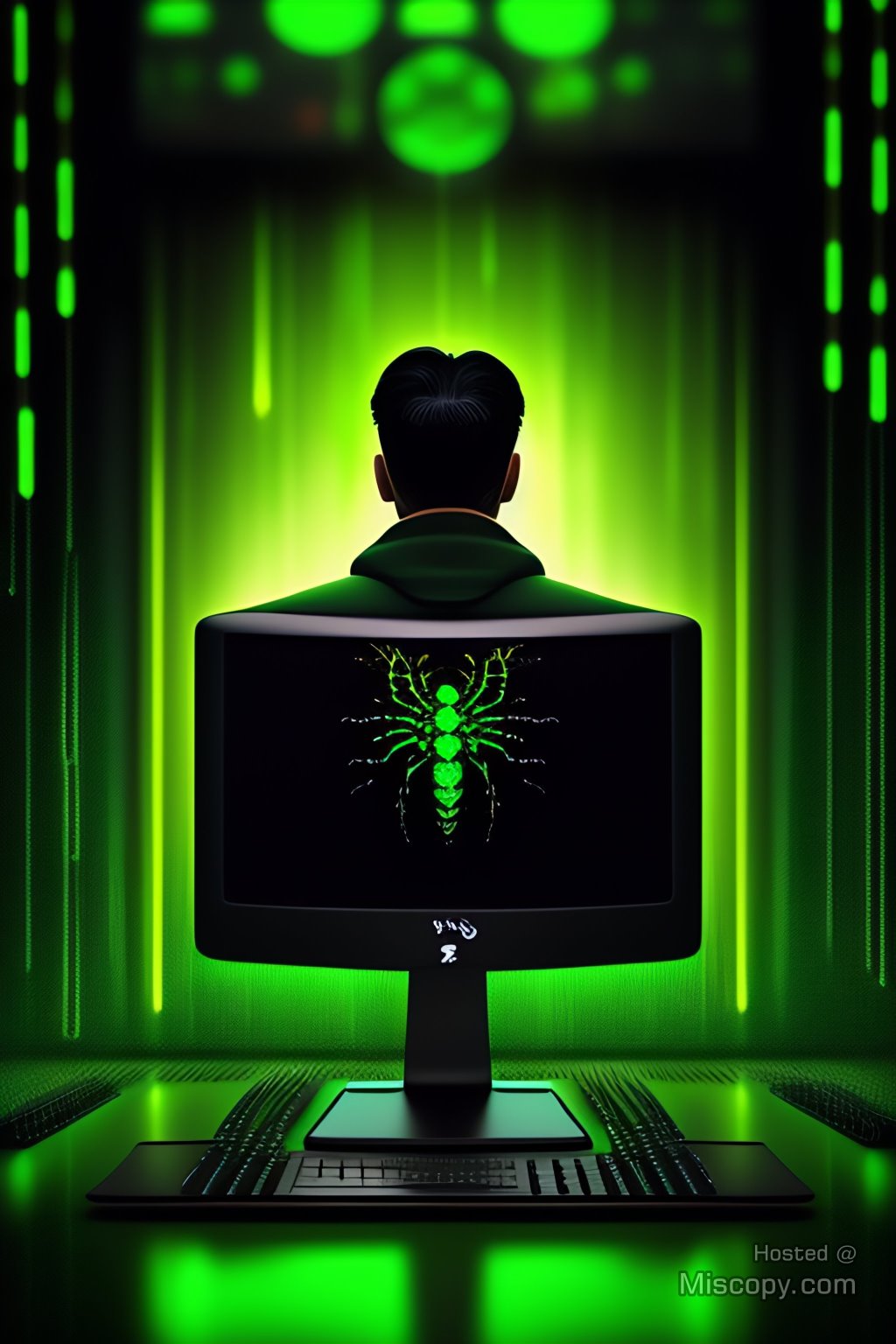In today’s interconnected world, social networking platforms have become an integral part of our daily lives. While these platforms offer opportunities for communication, connection, and sharing, there are instances where they can be exploited to target and discredit individuals. In this article, we will explore the phenomenon of social network apps being used to discredit individuals, examining the tactics employed and the potential consequences for targeted individuals.
Understanding Discrediting Tactics
Social network apps provide a powerful medium for disseminating information and influencing public opinion. Unfortunately, some individuals or groups exploit these platforms to launch targeted campaigns aimed at discrediting others. This involves spreading false or misleading information, manipulating narratives, or engaging in online harassment to tarnish the reputation and credibility of their targets.
Common Discrediting Techniques
- False Information: Perpetrators may create and spread false information about their targets, intentionally distorting facts or fabricating stories to undermine their credibility. This can include spreading rumors, forging documents, or manipulating images and videos.
- Smear Campaigns: Coordinated efforts are undertaken to launch a relentless attack on an individual’s reputation, character, or professional standing. This often involves multiple accounts or individuals working together to amplify negative narratives and derogatory content.
- Online Harassment and Trolling: Perpetrators may engage in systematic harassment, including threats, bullying, or personal attacks, in order to intimidate their targets and discourage them from expressing their views or defending themselves.
- Manipulation of Social Networks: Perpetrators strategically exploit the algorithms and features of social network apps to spread discrediting content more widely. This can involve leveraging bots, fake accounts, or manipulating trending topics to amplify negative narratives.
Consequences for Targeted Individuals
Being subjected to a discrediting campaign through social network apps can have severe consequences for targeted individuals. These may include:
- Reputation Damage: False information and targeted campaigns can tarnish an individual’s reputation, affecting personal relationships, professional opportunities, and overall well-being.
- Emotional Distress: Online harassment, personal attacks, and continuous exposure to negative content can lead to significant emotional distress, including anxiety, depression, and feelings of helplessness.
- Professional and Financial Impacts: Discrediting campaigns can harm an individual’s career prospects, business relationships, and financial stability, as employers, clients, or partners may be influenced by the false narratives.
- Erosion of Trust: Being targeted by discrediting tactics erodes trust in online platforms and can lead to a reluctance to participate in public discourse, stifling free expression and diverse viewpoints.
Protecting Against Discrediting Campaigns
While it may be challenging to completely prevent discrediting campaigns, individuals can take proactive steps to protect themselves:
- Vigilance: Stay alert to potential signs of targeted discrediting, such as sudden online attacks, coordinated negative narratives, or the spread of false information.
- Fact-Checking: Verify information before sharing it, especially when it concerns others. Promote responsible sharing and critical thinking to counter misinformation.
- Privacy Settings and Security Measures: Regularly review and adjust privacy settings on social network apps to control access to personal information. Implement strong passwords, two-factor authentication, and be cautious when accepting friend requests or engaging with unfamiliar accounts.
- Seek Legal Support: In severe cases of online harassment or defamation, individuals may consider seeking legal assistance to protect their rights and seek appropriate remedies.
Conclusion
The rise of social network apps has provided new avenues for communication and connection. However, they have also become tools that can be exploited to discredit individuals through false information, smear campaigns, online harassment, and manipulation. Recognizing these tactics and implementing protective measures can help individuals mitigate the impact of discrediting campaigns and maintain their reputation and well-being in the digital age.








